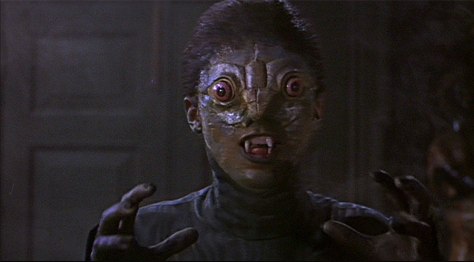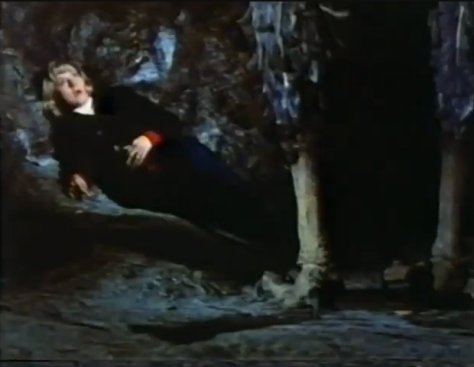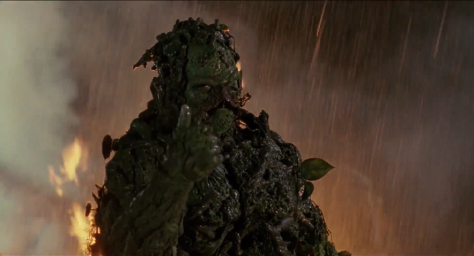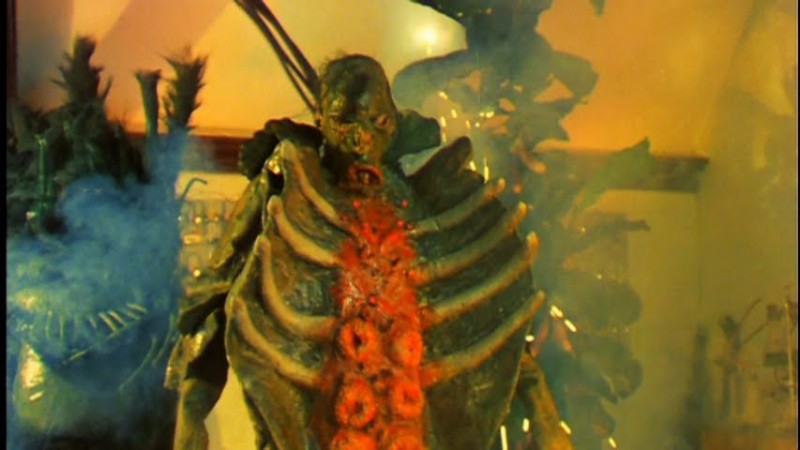
The third of the Shin series, this one written and directed by Hideaki Anno solo, follows the general trends of the previous two by returning to the first incarnation of a massive tokusatsu institution and sussing out the meaning inherent within it. As in the Anno-written Shin Ultraman, the type of examination at heart of this update of Shotaro Ishinomori’s insect-themed, monster-battling superhero is entirely compatible with an equal amount of superfan-pleasing callbacks and repurposed imagery–even though I’m not as familiar with Kamen Rider as I am with Ultraman, I can see still see that this is all coming from a place of respect for the originators of the series, even if it’s not always as direct as the previous movie (less outright use of the original soundtrack, for example, although older tracks are remixed for key moments.) Even more than in Shin Ultraman, I think Shin Kamen Rider’s delirious narrative momentum comes from its own visual and conceptual idiosyncrasies.
(A reminder: Shin Kamen Rider is not the follow-up to previous subject Shin Kamen Rider: Prologue. That two completely unrelated movies called Shin Kamen Rider could be released decades apart is one way to know just how long running and arcane this franchise is–another way you know is because Shin Kamen Rider isn’t even the first time Toei has put out a cinematic reboot of the 1971 Kamen Rider.)









